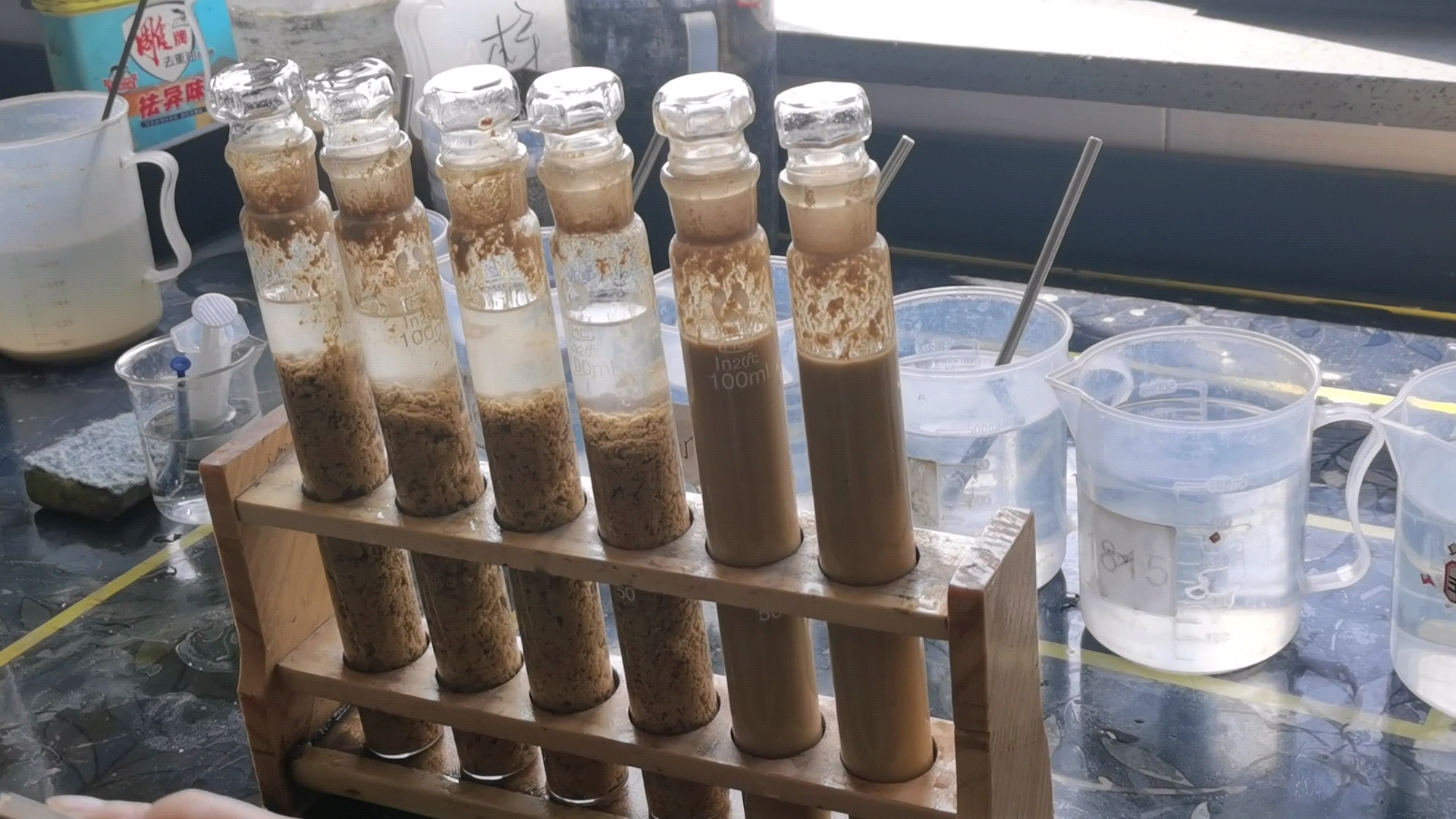Water Treatment Agent Polyacrylamide Cation
The water treatment agent polyacrylamide is cationic. The ionicity of the cationic polyacrylamide is directly proportional to the flocculation effect, because the ionicity can determine the length of the polyacrylamide molecular chain. If the ionicity is too low, the impurity particles in the sewage cannot effectively form The adsorption and bridging effect will actually affect the sewage treatment effect, and will even protect the sewage colloid and prevent settlement. The higher the ionicity, the better the flocculation effect, the adsorption bridging effect, and the faster the flocculation speed.
I. Introduction
Briefly introduce the importance of water treatment and the application background of polyacrylamide cations in water treatment.
2. Properties of polyacrylamide cations
Definition and classification: Clarify the concept of polyacrylamide cation and explain its characteristics as a linear polymer compound.
Chemical properties: Introduce its active groups and the mechanism of charge reaction with anions.
Physical properties: describe its color, shape, density and other basic physical characteristics.
3. Application of polyacrylamide cations
Wastewater treatment: Analyze its application effect in organic wastewater treatment in papermaking, chemical industry, printing and dyeing and other industries.
Sludge dehydration: Explore its mechanism and effect in sludge dehydration.
Other applications: Introduce its applications in clay anti-swelling agents, thickeners, papermaking additives, etc.
4. Production process of polyacrylamide cation
Raw materials and equipment: Introduce the raw materials, catalysts and production equipment required for production.
Production process: Detailed description of the entire production process from raw materials to finished products, including reaction, polymerization, drying and other steps.
Quality control: Analyze the key factors affecting product quality and propose quality control measures.

5. Market analysis
Market demand: Analyze the demand status and trends of polyacrylamide cations in domestic and foreign markets.
Competitive landscape: Introduce the main manufacturers, product features and market shares in the market.
